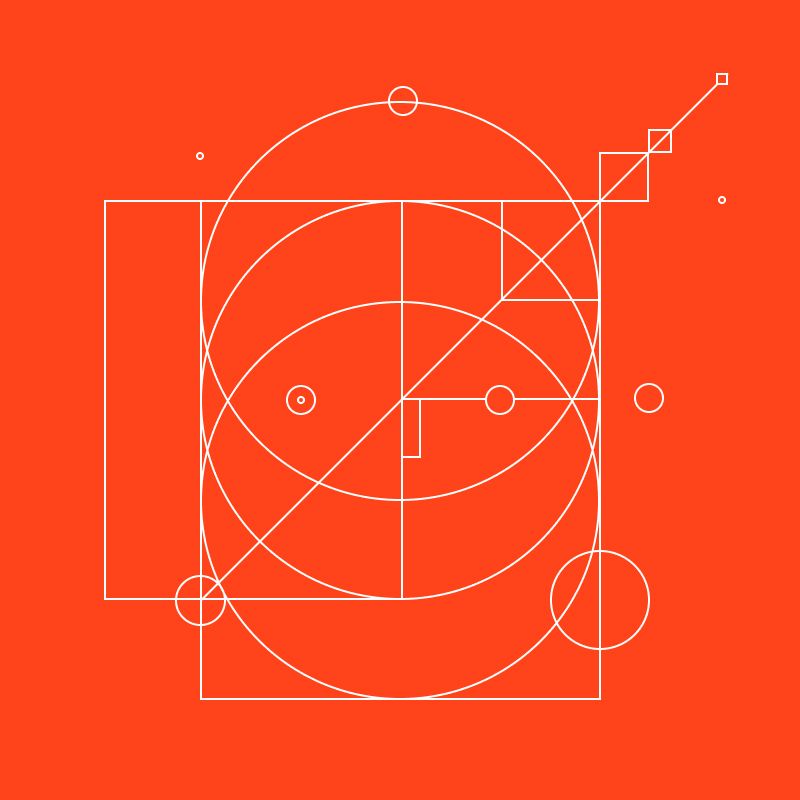The AI Designer
The AI Designer is a powerful notion, but it is incomplete.

For creative craftspeople, AI is more of an imposed thought experiment than it is a utility.
Yes, there are countless AI tools that can do parts of the job — make an image for you, create a layout, automate a workflow, even predict eye-tracking — but when you start using them for deadline-driven work, the quality isn’t there, and neither are the time-savings. It is often more than reasonable to conclude that the outcome would be better and faster done yourself.
Meanwhile, though, there is the idea of the AI Designer. It is in every room we are, and the ones we are not — where decisions about design’s role in an operation are made. The idea of the AI Designer promises more than it delivers at the moment, but the promise is so irresistible that it forces everyone into considering a world where everything is different. That kind of thing can lead to bad decision-making and mess with a designer’s head.
Times like this remind me of two important things.
Everything requires investment.
A designer invests in their own craft in many ways that may resemble “training” an AI but are fundamentally not the same thing.
The AIs of the moment are Large Language Models, trained on datasets that, believe it or not, are already becoming scarce. It’s already gobbled up the web and nearly every bit from other publicly accessible sources. OpenAI is now making deals for private data. Oh, and, training on AI-generated data, which is…something.
From my vantage point, this indicates that Large Language Models are Limited Language Mimics — they can only go as far as we already have. Isn’t that interesting. So what gives us the ability to go further?
I think this is the fundamental difference between human minds and mind-mimicking machines. When it comes to creation, what we invest in AI is what we have already made. That makes me feel pretty good about making and investing in my own creativity.
Relevance challenges are ultimately ego challenges.
Facing a world where a machine can do what we do is scary for many good reasons. What happens to our job; how do we earn a living? How do we accept the sunk costs — all the time and effort put toward something that apparently no longer matters? And at the core, who are we if we don’t do that thing anymore?
This is where the spectre of the AI Designer is useful. For my entire career — from the “print-to-web” days to the Web 2.0 days to the mobile-first days — there have been these sweeping cultural and technological shifts that, at first, seem like existential threats to design. When things cool off a bit, they become object lessons for why designers need to move their focus “up the ladder” into greater abstraction. I even wrote a book called The Strategic Web Designer grounded in the notion that (in 2012, when I wrote it) an interaction designer’s career growth was dependent upon getting out of the technical weeds and thinking bigger. More than a decade later, I have many contrary thoughts. Because after the Call to Abstraction is the reality: the technical restructuring of the job.
In every one of these major shifts — and in my time, there have been three of them prior to AI — there have been more designers working at the other end, not fewer, with more technical skills, not fewer. This one may not follow suit, but at the moment, the beats are the same.
But here’s the thing: considering a world where your technical skills are no longer needed forces you to think differently. Once you get past the fear and the angst of ungrounded identity, you can get to the reality, which is an unsolved problem. That’s what designers do best.
The AI Designer is a powerful notion, but it is incomplete. We are here to figure that out. And when the dust settles, I suspect we’ll be here working — working differently, but still working.
Written by Christopher Butler on
Tagged